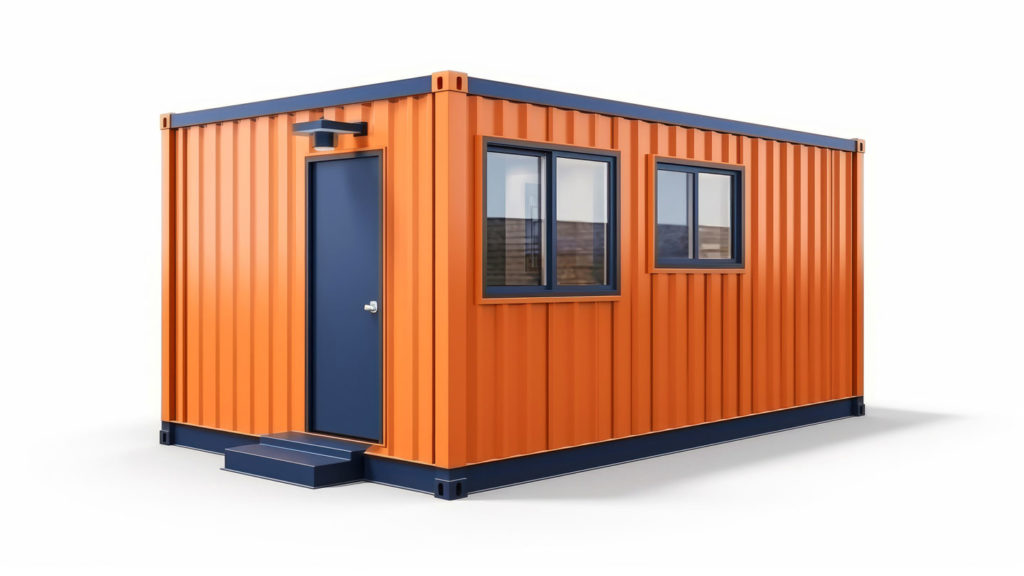Welcome to the realm of movable structures, where the norms of conventional architecture are thrown out the window, and a new standard is set. The idea of mobile buildings is changing the way we think about construction in today’s fast-paced, ever-changing world.
Portable structures provide a welcome departure from the previous standard of inflexible construction. This article delves into the origins of the mobile paradigm, its adaptability, and the way it has shaped contemporary architecture.
We’ll look at mobile homes’ economics, timeliness, and environmental friendliness. Therefore, continue reading before you look for modular offices for sale.
The Rise of Mobility
The rising need for portability has increased the need for temporary structures. These buildings may be easily moved or altered to serve new purposes as the need arises.
Portable structures serve many purposes, from stylish pop-up shops and temporary workplaces during events to flexible living spaces and emergency shelters.
They have become the standard in fast-moving markets because of how well they adjust to new circumstances. Portable structures’ rapid set-up time is a significant benefit. Portable buildings may be erected in weeks, whereas traditional construction might take months or years.
Versatility and Customization
Modular construction, such as in portable structures, exemplifies adaptability by meeting various requirements. The modular design of these buildings makes it simple to alter them to meet unique needs.
Portable structures may be tailored to suit specific needs and preferences regarding size, layout, and interior and external finishes. Their versatility makes them a good fit for various settings, from corporations aiming to attract attention to their brand to people wishing to make their homes more inviting.
Portable structures are helpful for more than just their good looks. Their adaptability means they may be used in various settings, from offices to stores, from schools to hospitals, without disrupting the user experience.
Sustainable Solutions
The portable paradigm is based on sustainability, providing a more environmentally friendly method of building. Portable buildings have a far smaller carbon footprint since they produce less garbage than permanent ones during construction.
Due to the accuracy of material estimates made possible using prefabricated components, waste is kept to a minimum. Furthermore, movable structures’ ecological credentials are bolstered by using sustainable materials like recycled steel and eco-friendly insulation.
Their modular construction also aids in conserving power. Natural light and ventilation may be readily maximized in any given space, negating the need for artificial lighting and air conditioning.
Cost-Effectiveness and Time Efficiency
Compared to traditional buildings, portable structures save money and time throughout any project’s lifespan. They save money on labor and materials thanks to their faster building procedure. Errors are less likely to occur in producing prefabricated components since they are made in regulated environments.
Additionally, temporary buildings are made to be as energy efficient as possible, which means less money spent on utilities over time. Another benefit is how quickly it can be set up, which may help you save money.
Portable structures may be quickly installed, reducing downtime and income loss for companies compared to conventional construction’s longer timetables and more significant labor costs. In today’s rushed environment, movable buildings’ flexibility may make all the difference.
Overcoming Challenges
There are many benefits to using a portable paradigm but also some potential drawbacks. Any construction like modular offices for sale, no matter how temporary, must be built with safety and longevity.
However, these structures are safe and resilient because of the cutting-edge engineering and high-quality materials used to construct them. Reinforced frames and safe anchoring systems are only two ingenious design aspects contributing to the structure’s rigidity and stability.
Another widespread worry is that people would judge movable structures too harshly because of their short lifespan. When cared for correctly, these buildings may outlast even the most conventional ones.
Conclusion
The portable paradigm has ushered in a new age of adaptability, sustainability, and efficiency in the built environment. From one-time events to permanent locations, portable buildings may be tailored to meet various demands.
Portable structures are crucial in creating a greener future because they use sustainable practices and low-cost building techniques. The potential of moveable structures becomes clear when myths are dispelled, and obstacles are overcome.
Because of its versatility and portability, architects, corporations, and homes can all create environments ideal for their needs and preferences.

